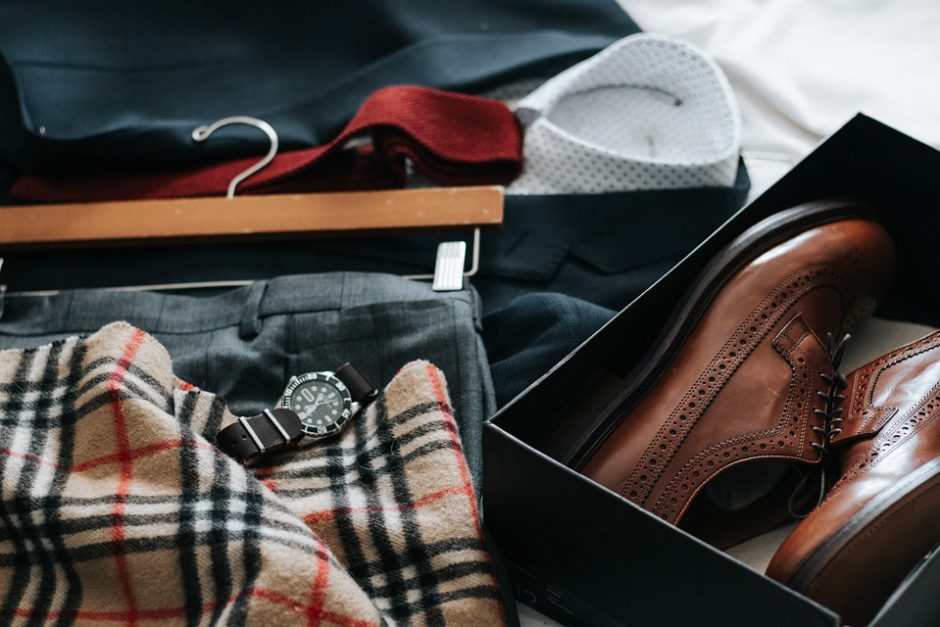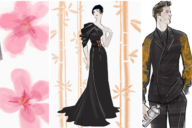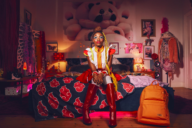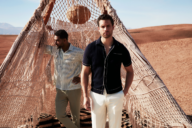THE GROWTH OF THE BRITISH FASHION INDUSTRY
The UK is home to some of the world’s leading fashion designers; Stella McCartney, Vivienne Westwood, Victoria Beckham, Matthew Williamson and Alexander McQueen are all huge examples of what the British fashion industry has produced.
In 2018, it was announced that the UK fashion industry was worth £32 billion to the UK economy, making it the biggest creative sector. What’s more, the fashion industry in the UK supports around 890,000 jobs, making it almost as big a contributor as the financial sector.
Over the last 12 months, this increase in value has been from online retail as well as a small growth in manufacturing, demonstrating that the British fashion industry is excelling. Whether it’s women’s or men’s clothing, the Brits are thriving with UK designers succeeding around the world.
With so many different factors working together to create this positive picture, here is a small insight into the current state of the British fashion industry.
Designers tackling social issues
Consumers are more concerned than ever before with social and environmental issues, and the fashion industry has constantly been under fire in the past for not embracing diversity enough, and not taking a stand for causes that customers care about. In 2017/18, that began to change drastically.
London Fashion Week 2018 was the first major fashion week to go completely fur-free; a survey carried out by the British Fashion Council showed that no designers on the official schedule had plans to use fur in their collections.
This highlights a strong cultural change made by the designers’ decisions, as well as consumer demand and pressure from activists over the years.
What’s more, London Fashion Week Men’s AW18 shows demonstrated a clear message on gender politics. In an era where gender fluidity is becoming more prevalent, this highlighted British designers beginning to understand they need to offer a genuine, authentic stance on popular social issues to align with their audience successfully. Gender fluid designs and diverse body shapes were seen on the catwalk across many men’s shows; something that may have been questioned in the past, but is now becoming readily welcomed.
The growth of men’s fashion
In recent months, men’s fashion has been outgrowing women’s. Research carried out by Mintel revealed that the UK’s men’s clothing market grew by 3.5% in 2017, and is now worth around £15 billion. Further growth has been predicted, with an extra 11% growth expected by 2022.
Huge progression in the sportswear and streetwear industries has created a need for innovation and excitement amongst menswear designs. Current male consumers are looking for exclusivity, and styles they can make their own and wear their own way. While this dominance isn’t without its challenges, with many sales being brand-led and consumers queueing around the block for the latest Supreme drop, it is an area of men’s fashion that is continuing to strengthen.
While sport-inspired designs are leading, streetwear is also maturing gradually. Think trainers and sporty bomber jackets worn with pinstripe trousers, or relaxed suits worn under hoodies. Today’s men are mixing premium, luxury styles with the more traditional street designs for a unique look.
Tailored clothing is still on the up, but is being worn alongside casual clothes to complement each other. The concept of “sports luxe” is still very much on trend, as menswear collections get stronger each year.
Men are quickly becoming more style-savvy, as their confidence grows. Different brands and different looks are now getting a chance to be in the spotlight, resulting in a wide spectrum of designs now on offer; something that used to only be prevalent in womenswear.







